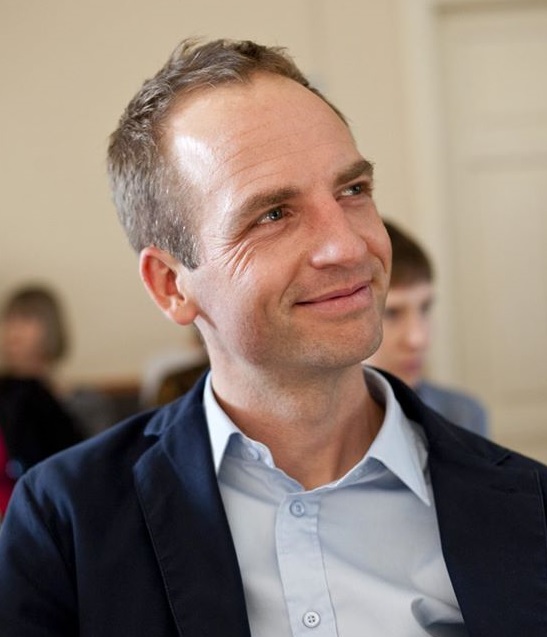Scientists at a Polish university are close to completing the reconstruction of a skeleton of an extinct species of rhinoceros that once roamed on the territory of what is now Poland. The 40,000-year-old specimen is believed to be the best preserved of its kind in the world.
The almost complete remains of the rare Merck’s rhinoceros were unearthed five years ago during construction of a road near Gorzów Wielkopolski in the west of the country. The specimen has been named Stefania.
“We are in the final stage of putting our rhinoceros back on her feet,” said Adam Kotowski of the University of Wrocław’s paleozoology department. “After a very long and arduous process, all the bones have been cleaned, prepared and conserved.”
While some of the bones had been preserved in ideal condition, other elements were very delicate and needed to be reconstructed. These included the skull, which had been crushed and deformed. The paleozoologists enlisted a sculptor, Wojciech Iłenda, to help put the parts of the skull back together.
Having initially assumed that the skeleton belonged to a woolly rhino, which were relatively common and died out 10,000 years ago, on closer inspection the scientists identified a Merck’s rhinoceros (Stephanorhinus kirchbergensis). Such finds are extremely rare, Kotowski told Gazeta Wyborcza.
“Usually there are only scant traces found – single bones or teeth,” he said. “The find in Gorzów was only the tenth skull of this species known to science – and other ones are incomplete or not accompanied by the rest. Our Stefania could be absolutely the most complete, best-preserved skeleton in the world of this rare species.”
The scientists, assisted by researchers from elsewhere in Poland and other European countries, set themselves the task of recreating the conditions of the lake where Stefania lived, reports Polityka. This allowed them to better understand previous climate change.
“Lake and marsh sediments in Gorzów Wielkopolski are extremely valuable for geologists, palaeoecologists, and palaeoclimatologists,” project head Krzysztof Stefaniak explained last year. “The environmental reconstructions will be critical, especially in the aspect of global warming that is progressing nowadays.”
The female rhino lived for more than 35 years and measured 1.8 metres at the withers (shoulders), 1.6 metres at the croup (back), and was more than 3 metres long. The work on Stefania has also revealed previously unknown facts about the species.
Stefania’s teeth were found to contain plant debris, and were sent to London’s Natural History Museum for closer examination of the animal’s diet.
“It was previously thought that this species of rhino mostly fed on grass,” said Stefaniak. “It turns out that our Stefania also fed on shoots – so she lived in forests.”
“It is important to use to make the results of our research widely available,” Stefaniak told Polityka. “We have a 3D printer available, which we are using to gradually print the reconstructed bones.”
Scientists at Chorzów Zoo in Poland have successfully transferred a test tube embryo into a female rhino for the first time. They hope the technique can be used to save the northern white rhino – only two of which, both female, survive – using frozen sperm https://t.co/6kaVcEhe42
— Notes from Poland 🇵🇱 (@notesfrompoland) June 25, 2019
“We want an original-size three-dimensional rhino to stand in Gorzów Wielkopolski, where it was found…as well as being an attraction of the University of Wrocław, for example in our Botanical Garden,” he added.
Speaking on World Rhino Day, 22 September, Stefaniak warned of the need to protect the rhinoceroses living in the world today.
“As a result of climate change Stefania died out around 40,000 years ago – we are unable to say whether human activity also contributed to the extinction,” he noted. “Today we must not allow those few species of rhino still remaining in the world to die out. We must save them.”
Main image credit: Magdalena Marcula/Uniwersytet Wrocławski (under CC BY 2.0)

Ben Koschalka is a translator, lecturer, and senior editor at Notes from Poland. Originally from Britain, he has lived in Kraków since 2005.




















